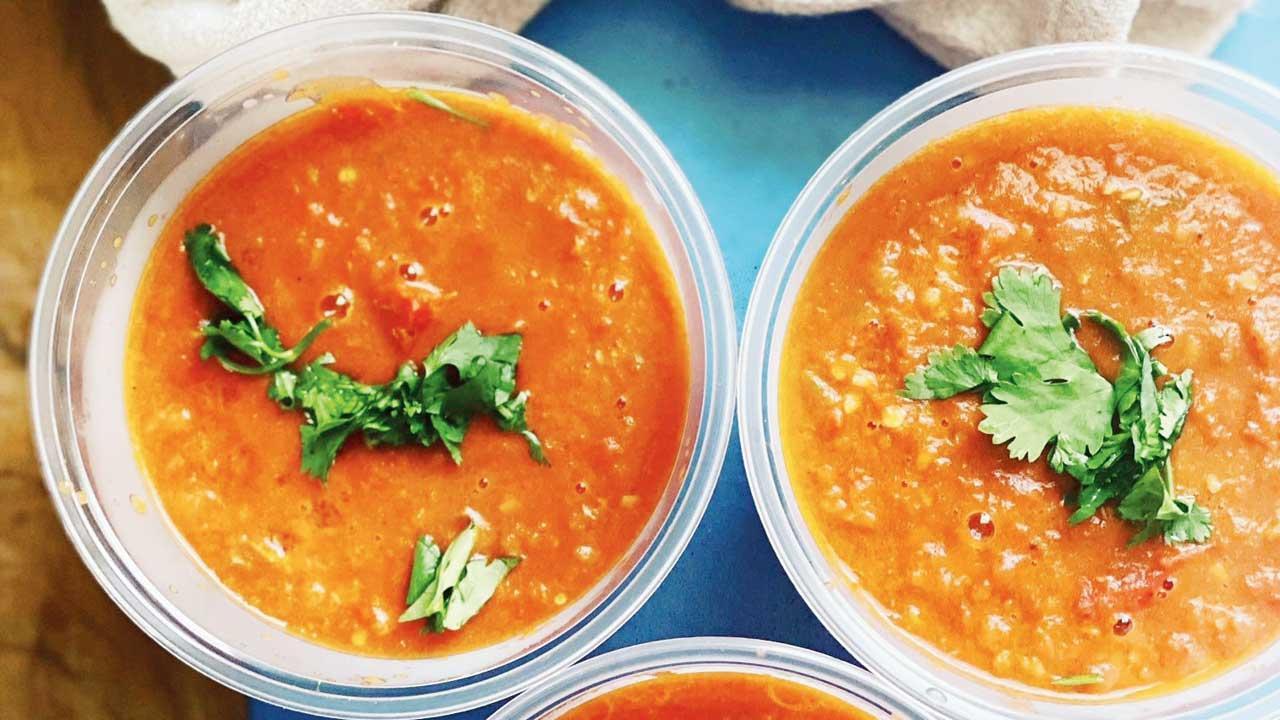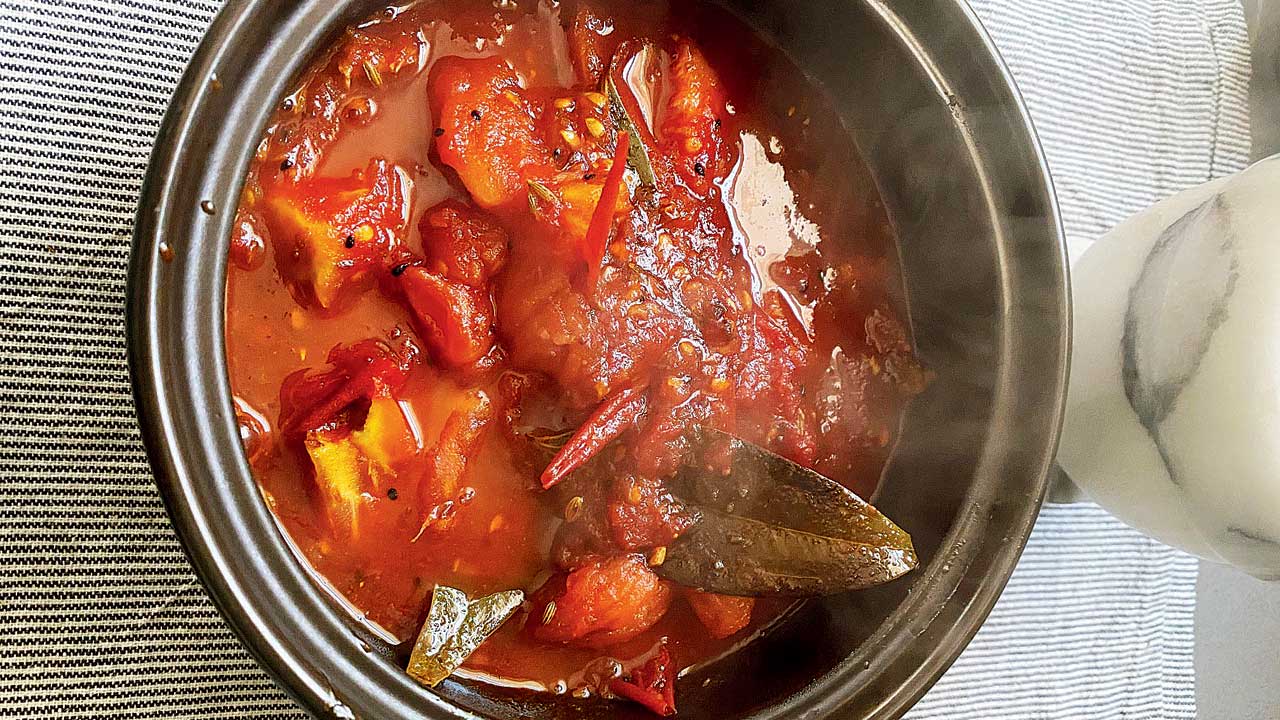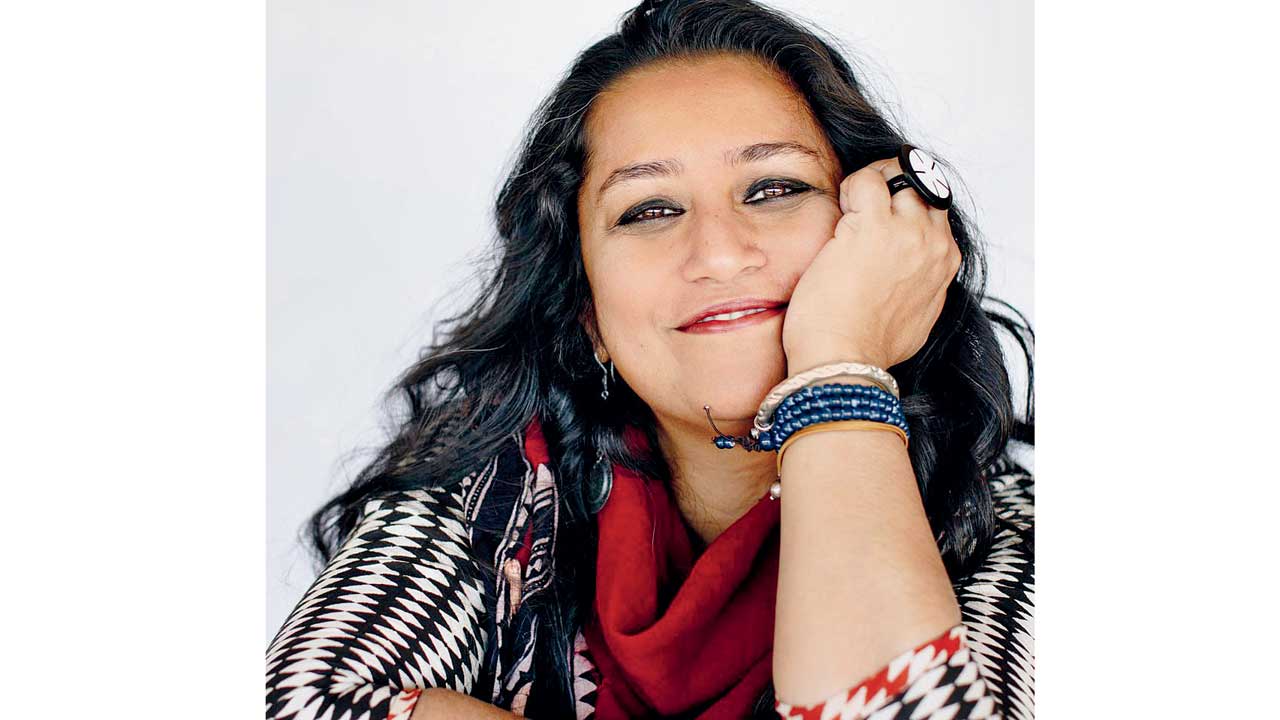A new book blends a memoir with the larger narrative on how food from the region has travelled through immigration, migration, and indenture

Tomato chutney with paanch phoron
Writing about food involves more than just telling a story. The nostalgic power that the food you eat possesses can be used to narrate a dish’s own journey, its crossings, and how it shapes people and their perspectives. That’s what US-based Dr Madhushree Ghosh has done in Khabaar: An Immigrant Journey of Food, Memory, and Family (University of Iowa Press, Rs 1398), taking food essays into an entirely new direction, engaging the reader on many levels. Khabaar in Bengali refers to food and for Dr Ghosh, the book was meant to be a query into what it means to belong to a place, through its culinary references. “When people move to different parts of the world, what keeps them with hope? What does food represent to them, especially those they have no access to in the adopted country? Along with that, I braided my own life as the daughter of Partition refugees and as an immigrant graduate student to America almost three decades ago,” she adds.

Spicy tomato chutney with ginger, garlic and thai chilies
Ghosh has reflected on her life as a woman of colour in science, someone to have left an emotionally abusive marriage, and one who continues to keep the memory of her parents alive by adopting America’s fresh produce to cook Bengali food, or, her version of it. She has been writing versions of Khabaar, on and off for nearly 20 years. Ghosh wanted to focus actively on showing the world that South Asians are more than the standard Green Card-focused, H1-B visa-stuck, or constrained in traditional culture in a foreign land. For South Asians, this book should seem familiar, almost nostalgic, but Ghosh feels it is for anyone who is curious about the history and ramifications of immigration, migration, and indentured people. “[It is for] Anyone who wants to learn beyond history books, anyone who cares about diversity, equity, and inclusion but most of all, belonging,” says Ghosh, whose comfort food is a dal tadka and rice. “A simple seasoning of ginger, green chilies, nigella seeds followed by the pouring of pressure-cooked dal [into it], and a dollop of ghee, to me, is heaven. In drinks, mango lassi [given it’s mango season in India] with juicy puree, a touch of ground cardamom, and very little sugar is perfect.”

Madhushree Ghosh
Ghosh feels that the West’s understanding of literature amplifying or appreciating food-focused South Asian narratives hasn’t been very successful. “I am of course, not talking about straight-up cookbooks, but rather, books that challenge the status quo. Most such books written by South Asian authors [non-fiction] are not as personal, open, or focus on social activism so directly. Very few authors, including Sharanya Deepak, Raksha Vasudevan, Anjali Enjeti, or Rajiv Mohabir continue to question the norm, educate, and passionately champion others,” says Ghosh ,who deftly toggles between the past and present in this title.
What piques our interest is how, through her own story, she speaks of the many women—regardless of their national identity—who begin to wonder that if they cook and serve well, they will have a successful marriage and a place to belong. They are so focused on feeding and satisfying others, that they lose a sense of self. This writer’s favourite is the final chapter: The Rituals of the Great Pause. In it, Ghosh tells us how during the Corona-induced lockdown, she tended to a vegetable garden, paying homage to her father’s bountiful green patch, and how she has learned to cook for herself again, literally and figuratively.
Can you inherit food?
“I am not sure if older generations pass down the recipes, that the younger generation can do it justice. But if a recipe is written, you can jump off that area into the next phase of ‘modifying’ it—which is how recipes can then be made from memory but with a touch of the individual who continues the tradition. I’m not a fan of pressuring the younger generation to make old recipes; it doesn’t create respect for your roots, but rather, a reticence to respect or make those recipes. What makes sense is that we guide them with written recipes and expect them to be changed for their own need—food changes as it travels, especially when it does through the next generation and their priorities. A recipe can only guide, and give directions.”
Why Bong food is unique
Ghosh calls Bengali food elevated, subtly flavourful, quite scientifically driven, and one that has evolved over time. “The fact that you eat greens and fibre first to enable salivary glands and stomach gastric juices to prepare the stomach, followed by dal [protein] chicken or fish [even more protein] mixed in with white rice [carbohydrate]—it’s joyous to see how systematic Bengali meals are.
 Subscribe today by clicking the link and stay updated with the latest news!" Click here!
Subscribe today by clicking the link and stay updated with the latest news!" Click here!










